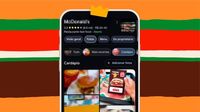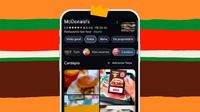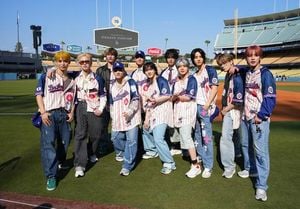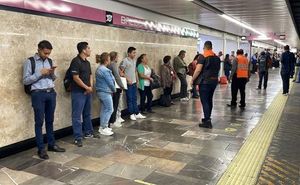On March 15, 2025, Burger King launched a creative campaign during Consumer Week that leveraged Google Maps in an unexpected way. The fast-food chain distributed exclusive discount coupons in a hyper-targeted manner, strategically placing them in the search results for competitor locations. This initiative was rolled out across more than 24 Brazilian states, with photos posted to over 1,000 competitor restaurant pages, making the most of a prominent digital advertising opportunity.
The timing was significant, coinciding with World Consumers' Day—a key retail shopping date in Brazil. With competitors typically leading search results, Burger King's campaign aimed to capture consumer attention at a moment when they were already seeking food options. Igor Puga, Vice President of Marketing at Zamp, which manages the BK brand in Brazil, stated, "The idea is quite simple: if you’re not the most searched brand on Google, aim to be the most purchased one." This perfectly encapsulates the spirit of the initiative.
Utilizing Google Maps and the Local Guides feature, which is free for users, Burger King ingeniously embedded their discount coupons into the photos section of competing brands. Thus, when a consumer searched for a restaurant like McDonald's, they would see BK-branded coupons encouraging them to navigate towards a Burger King location instead. This orientation not only promotes engagement but also works effectively to redirect potential customers.
The execution of this campaign reflects Burger King’s ongoing strategy of bold marketing tactics that continue to differentiate it from its rivals. Developed in association with AlmapBBDO, recognized as one of the world’s most effective advertising agencies, the campaign has created an impact that resonates well beyond its cost. Puga drew attention to this organic approach, explaining how the campaign fostered consumer conversation organically—an essential metric in today’s advertising landscape.
This organic initiative reinforces Burger King's reputation as a brand that is not afraid to innovate and push boundaries. By tapping into tools that many might overlook, like Google’s Local Guides, they not only saved on ad spending but also created significant buzz around the brand. The overarching message was clear: while consumers may start their search with a competitor, they're likely to leave with a coupon for Burger King.
Moreover, in an environment saturated with digital advertising, capturing attention through creative means has become paramount. By using tools readily available to users, Burger King has illustrated how brands can take advantage of simple strategies to create significant marketing outcomes. Their approach emphasizes the importance of being creative rather than relying solely on paid advertisements.
In a marketplace where consumer preferences are constantly shifting, keeping the brand relevant and compelling is crucial. With this campaign, Burger King successfully engaged an audience that might otherwise have been content to patronize their rivals. The company's ability to catch consumer interest at such a pivotal moment, combined with the simplicity and effectiveness of the strategy, suggests a promising trend for their marketing future.
In conclusion, Burger King's initiative is a reminder that innovation in marketing does not always require vast budgets or complex strategies. By making effective use of existing platforms and driving consumer engagement through creativity, brands can achieve remarkable results. As Igor Puga aptly pointed out, focusing on purchases over search rankings could very well become a guiding principle for companies looking to redefine their strategies in the evolving landscape of advertising.






